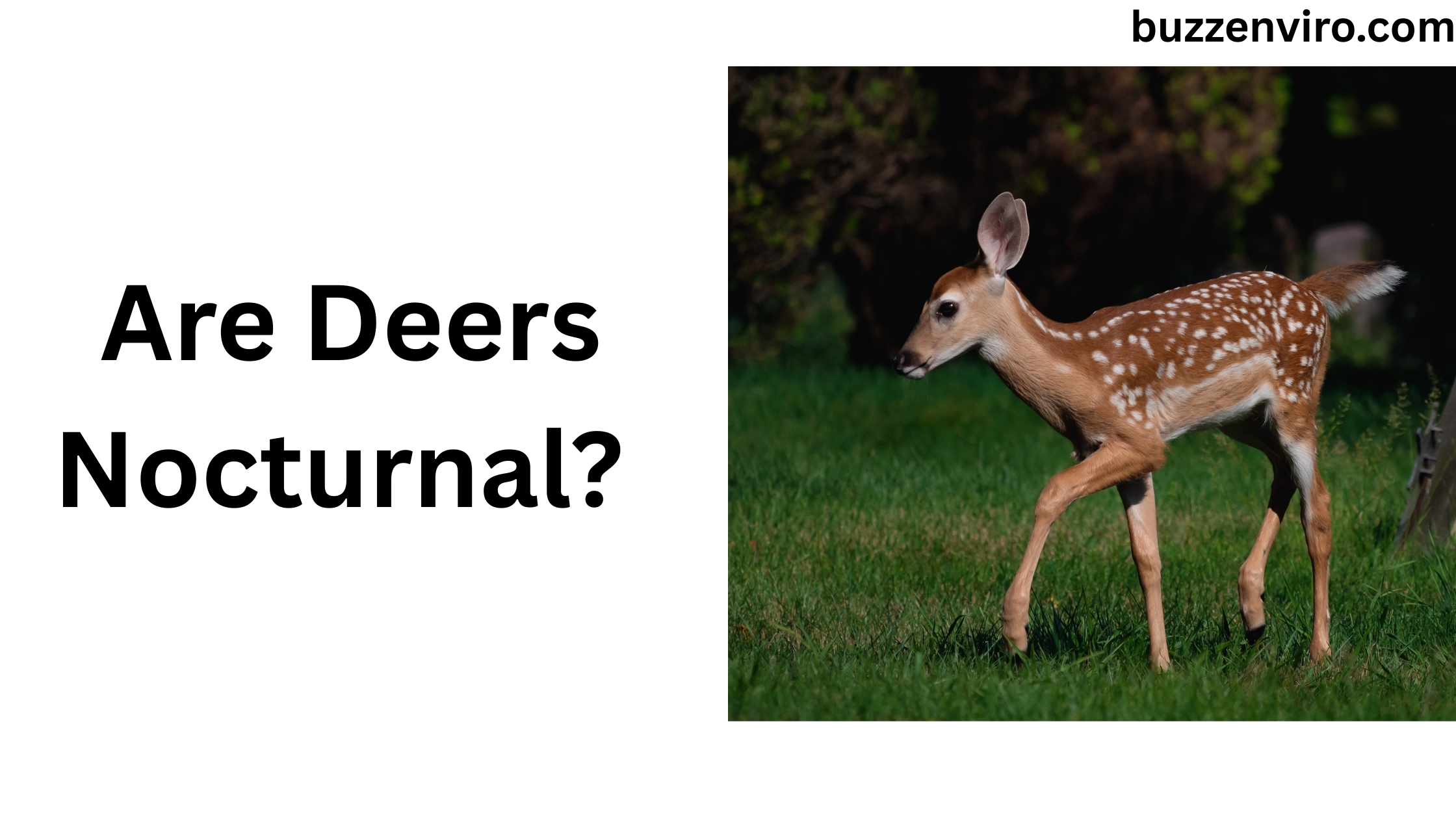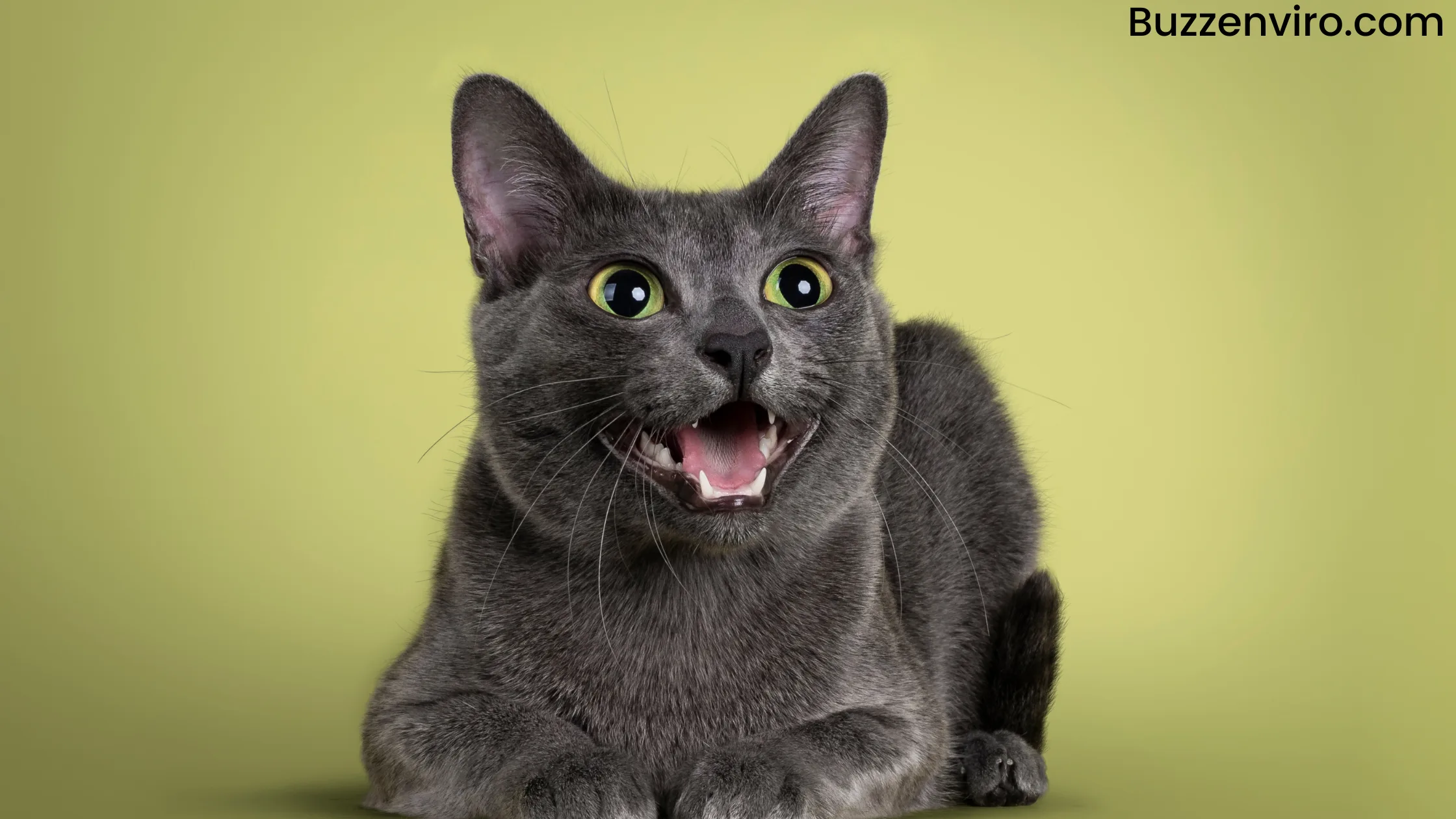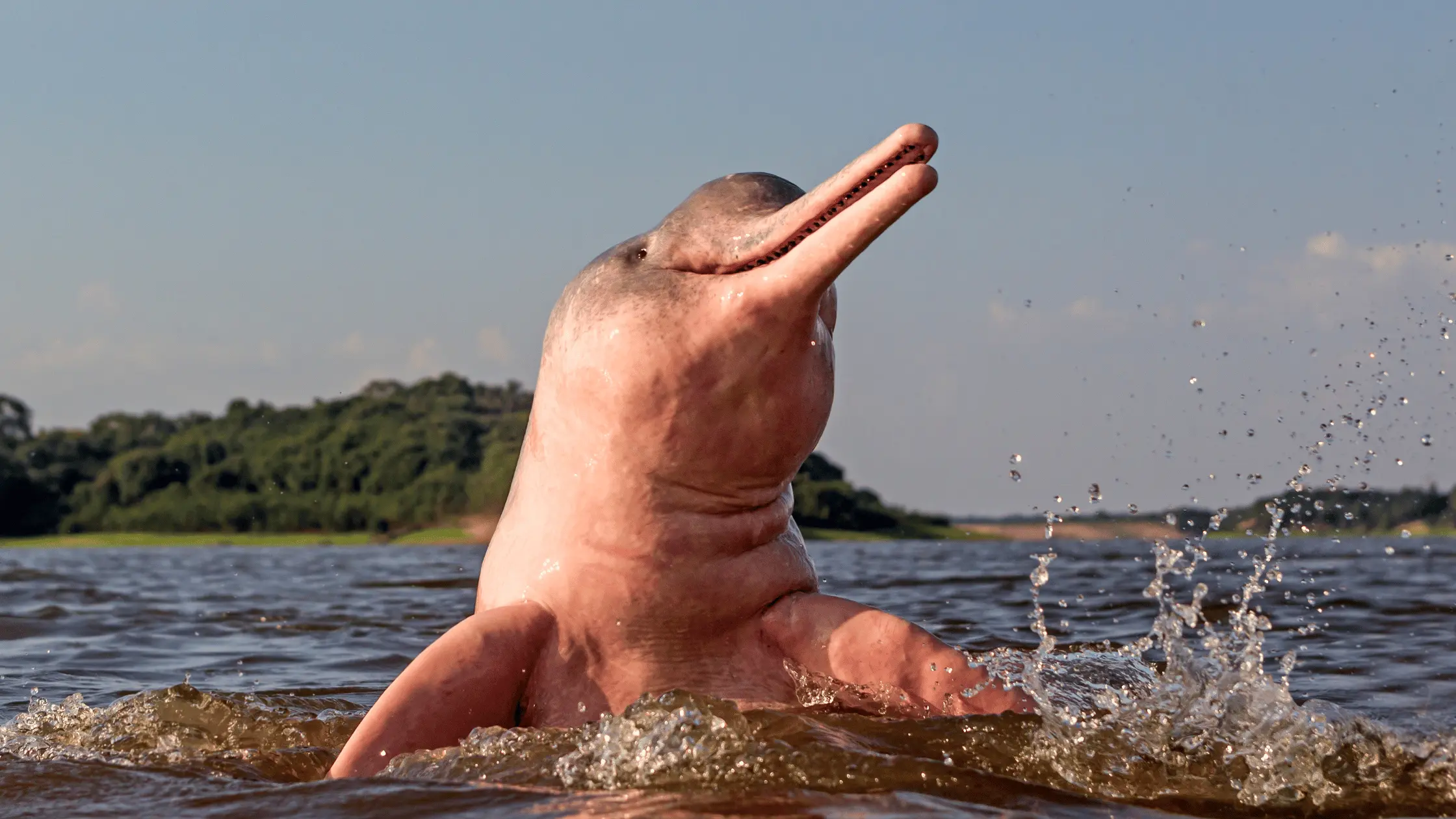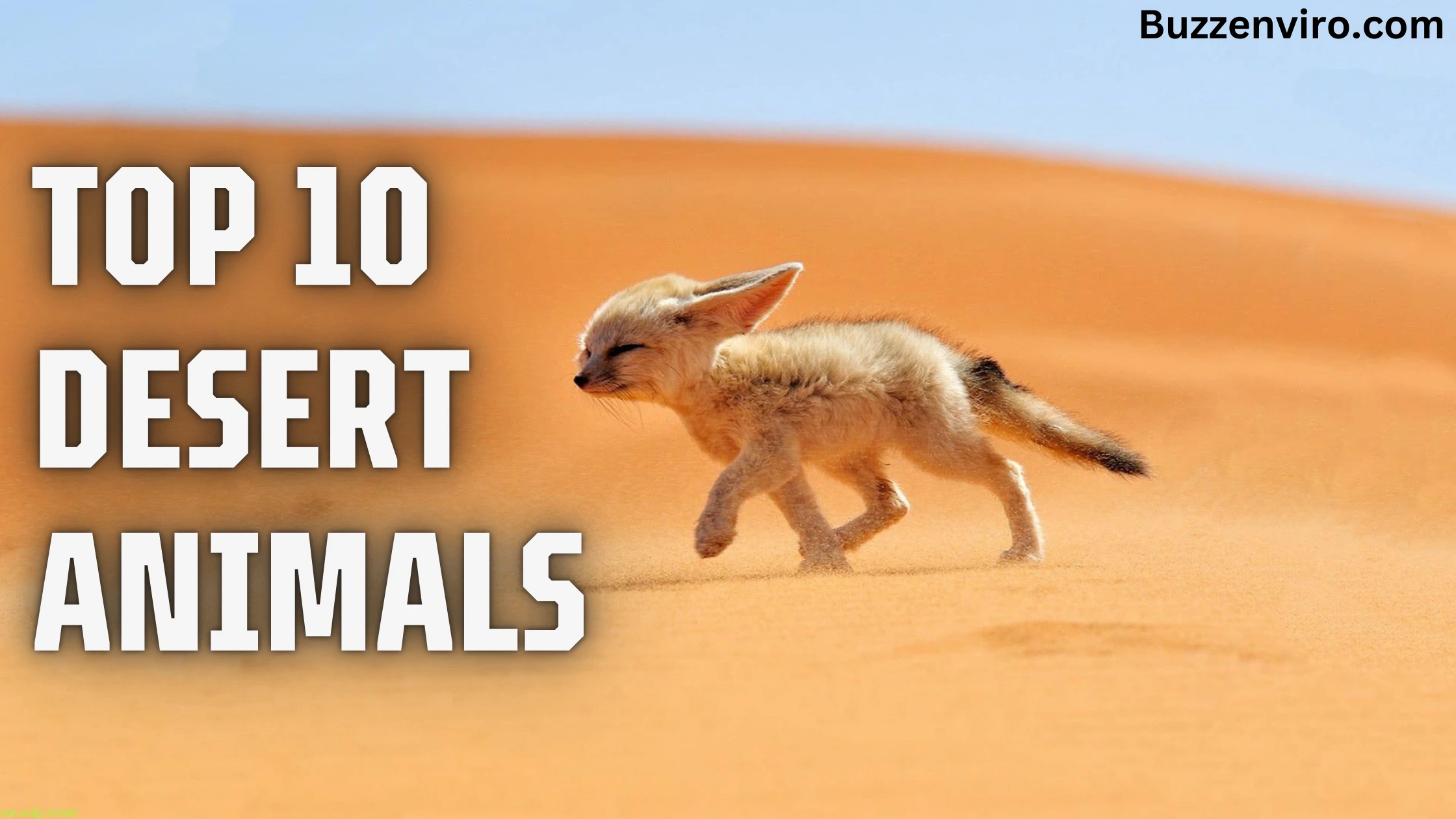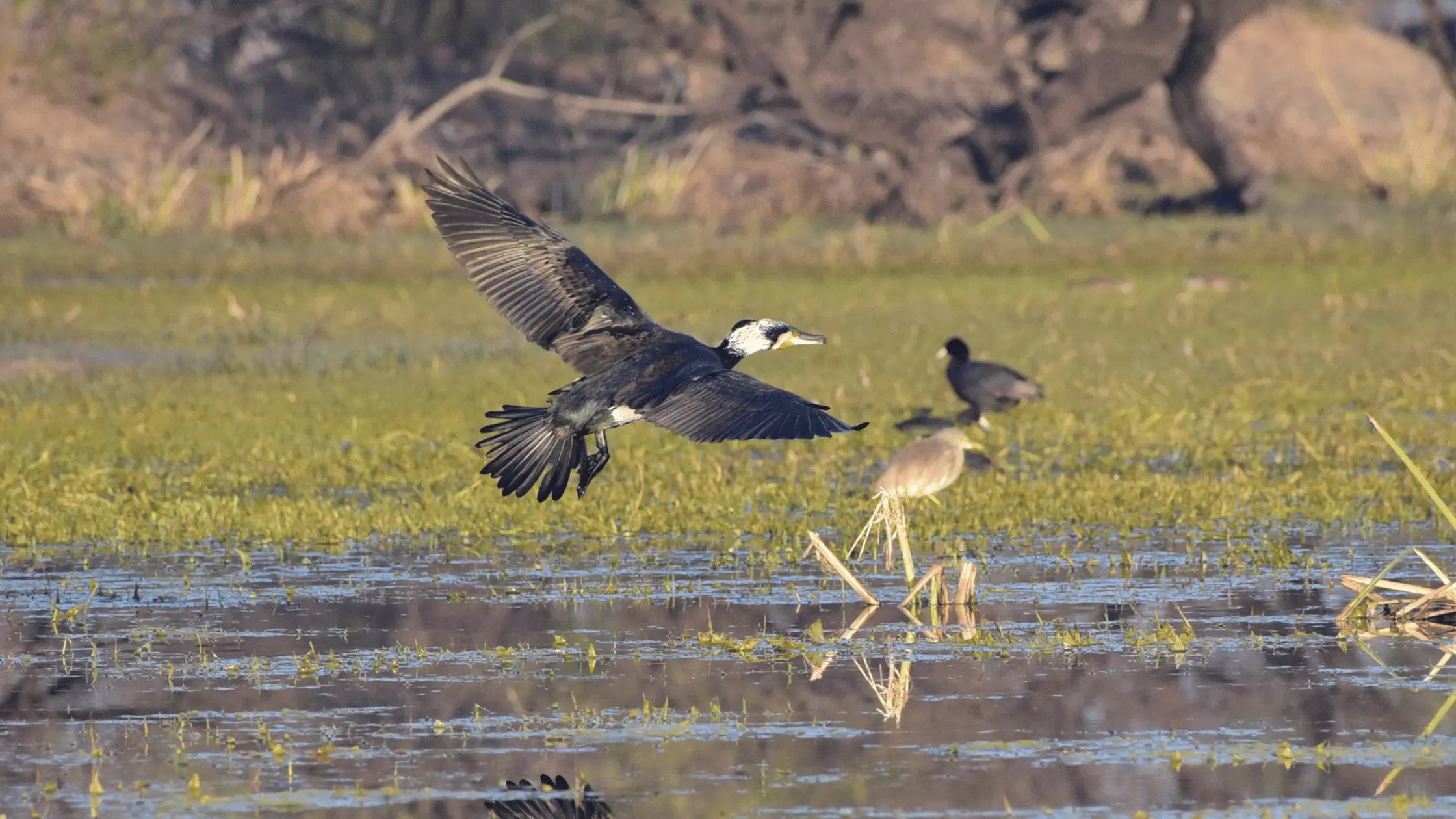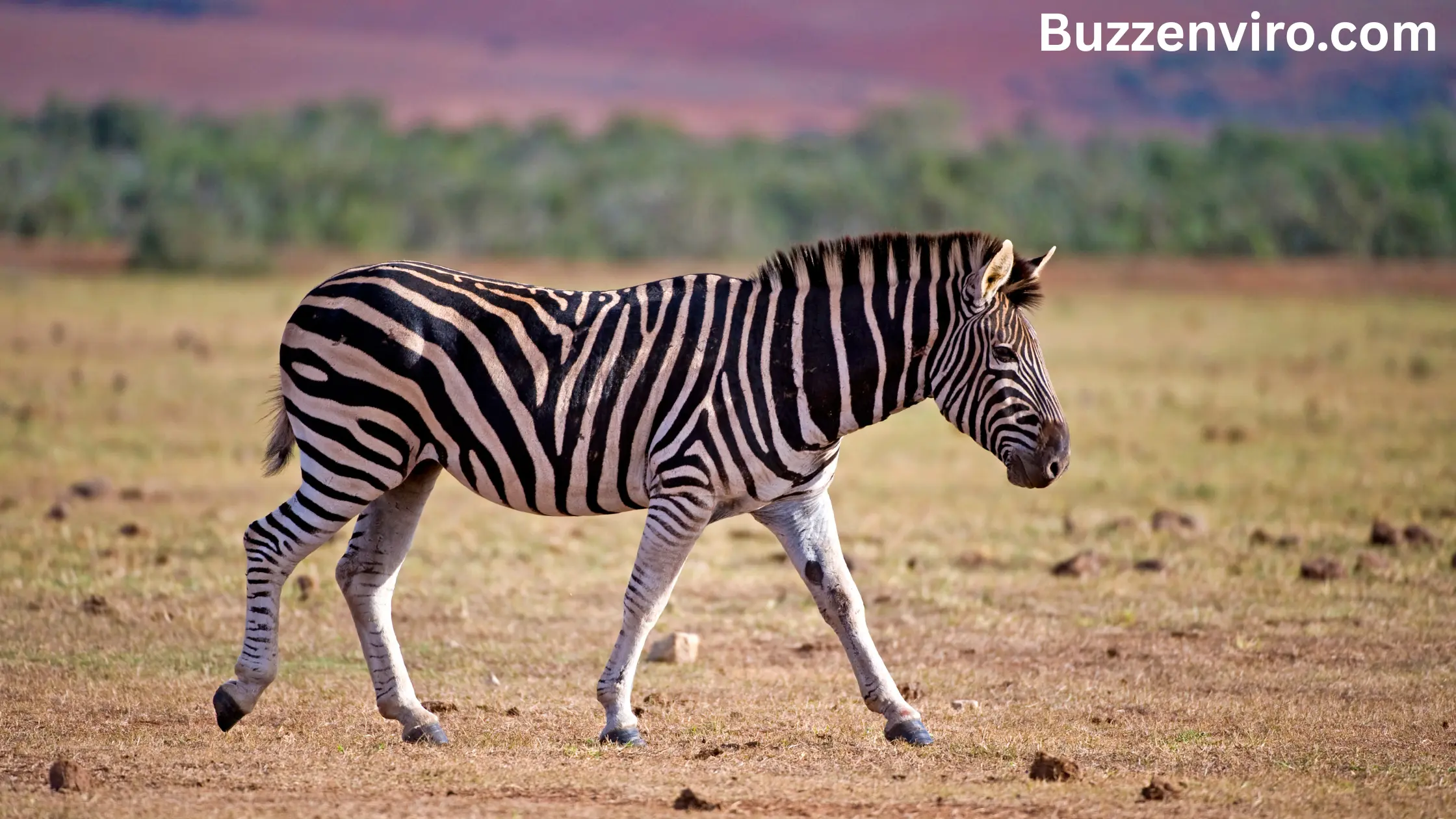When we think about wildlife, one of the most common animals that come to mind is the deer. These graceful creatures roam forests, fields, and even suburban areas, often grazing during the day. But have you ever wondered are deers nocturnal? Do they come out at night or prefer to rest in the safety of darkness? In this blog post, we will explore the fascinating world of deer behavior at night, including their habits, sleep patterns, and the best times to spot them.
Are Deers Nocturnal?
Deer are often referred to as nocturnal animals, but calling them strictly nocturnal may not be entirely accurate. Deer are actually crepuscular, meaning they are most active during the twilight hours of dawn and dusk. While they can be active at night, their behavior varies based on several factors, including the season, food availability, and human activity.
In the wild, deer have adapted to be more active at night to avoid predators. This helps them stay safe and find food without the threat of larger predators like wolves, coyotes, or even humans. However, during certain times of the year or in areas with little human disturbance, they might venture out during the day as well.
Why Do Deer Prefer to Be Active at Night?
Deer, especially in regions with significant human activity, tend to avoid daytime exposure. Their nocturnal behavior helps them remain out of sight and avoid predators. At night, the cover of darkness offers a layer of protection, making it harder for predators to detect them. The low light also gives deer an advantage in terms of vision, as they have a higher number of rod cells in their eyes, allowing them to see better in dim light conditions compared to humans.
Additionally, during the colder months, deer may venture out at night to forage for food when temperatures are lower. Since they are herbivores, they rely on a steady food supply, and nighttime provides them with the chance to graze without competition from other animals or human activity.
Also read: 10 fun facts about kangaroos
Deer Sleeping Patterns: When and Where Do They Rest?
Although deer are often seen out and about at night, they also need rest. Deer are known to be light sleepers, with multiple short periods of sleep throughout the day and night. They do not enter deep REM sleep as humans do, but instead, they rest with one eye open, staying alert to any potential dangers.
Deer typically sleep during the day in thick, secluded areas where they feel safe. This can include dense brush, tall grass, or even under trees. The cover provided by these areas allows them to hide from predators while they rest. Their sleep patterns are influenced by the availability of food, safety, and other environmental factors, with deer often resting in the early morning or afternoon hours.
How to Spot Deer in the Night?

If you’re hoping to catch a glimpse of deer at night, you need to know when and where to look. Deer in the night are most active during the hours just before sunrise and just after sunset. These are the times when the light is dim, and deer feel safe to forage for food. Many hunters and wildlife enthusiasts find that dawn and dusk are the best times to spot these nocturnal creatures.
If you’re out looking for deer at night, it’s essential to keep your distance and avoid startling them. Deer are skittish animals, and even the slightest noise can send them fleeing. Some people use wildlife cameras with infrared technology to capture photos of deer in the night, as these devices are designed to work in low light.
Additionally, you might spot deer nocturnal behavior when you observe their movement patterns. They are often seen moving in groups, called herds, especially during the winter months when survival is more challenging. If you’re in a rural or forested area, look for deer near fields or wooded areas during twilight hours.
What Factors Influence Deer Behavior at Night?
Several environmental and seasonal factors influence the behavior of deer at night. Here are a few key elements:
1. Season
In the winter months, deer are more likely to be active during the night to conserve energy and avoid daytime warmth. During the spring and summer, they may be more likely to forage during the day when vegetation is abundant.
2. Human Activity
In areas with heavy human presence, deer may shift their behavior, becoming more active at night to avoid people. In quieter, more secluded areas, deer may not be as nocturnal.
3. Predator Presence
If a predator like a wolf or coyote is present in the area, deer may opt for nighttime foraging to minimize the risk of being hunted.
4. Food Availability
During times of food scarcity, deer are more likely to become active at night to search for food. During the spring and summer, when food is abundant, they may not need to roam as much and may be more active during the day.
Conclusion
So, are deer nocturnal? While they aren’t strictly nocturnal, they are primarily crepuscular animals, meaning they are most active during dawn and dusk. Deer often exhibit nocturnal behavior to avoid predators and human disturbances, foraging during the quiet hours of the night. Understanding the habits and behavior of deer, especially deer sleeping patterns and their preferred times for activity, can give you a better idea of when and where to spot them in the wild.
Whether you’re a wildlife enthusiast hoping to catch a glimpse of deer at night or simply curious about these fascinating creatures, one thing is certain: deer are creatures of habit, and their activities shift according to their environment and survival needs. So, next time you’re out and about at twilight, keep an eye out—there might just be a deer in the night, silently grazing under the stars.
